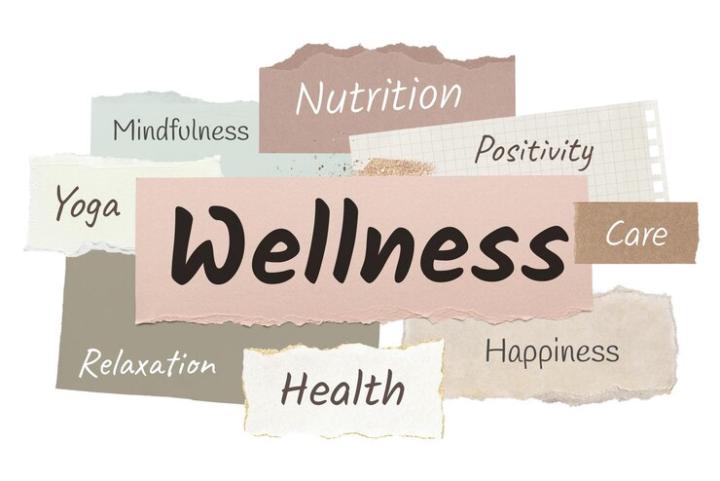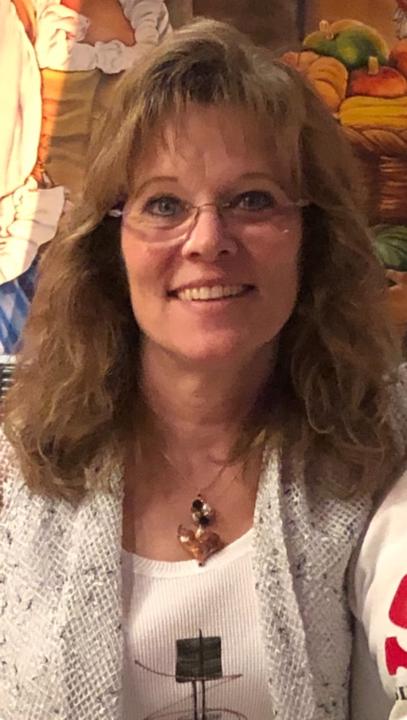Activity
Mon
Wed
Fri
Sun
Nov
Dec
Jan
Feb
Mar
Apr
May
Jun
Jul
Aug
Sep
Oct
What is this?
Less
More
Memberships
Mylera Wellness
1.7k members • Free
2 contributions to Mylera Wellness
Circle of Care Spotlight: Shingles 101
Shingles isn’t just a rash—it’s a wake-up call. This viral reactivation can cause burning, stabbing pain that lingers for months or even years. And for older adults, it’s not just uncomfortable—it can be life-altering. 🔍 What Is Shingles? Shingles (herpes zoster) is caused by the same virus that gave many of us chickenpox as kids. That virus never left—it’s been quietly hanging out in your nerve cells, waiting for a chance to resurface. When it does, it shows up as: - Tingling, burning, or itching in one area - A painful rash with fluid-filled blisters - Sensitivity to touch, fatigue, and sometimes fever But here’s the kicker: pain often starts before the rash appears, and some people never get the rash at all. 👵 Why It Matters for Seniors - 🧠 1 in 3 adults in the U.S. will develop shingles in their lifetime - 📈 Risk spikes after age 50, especially with stress or weakened immunity - ⚠️ Complications include: - Postherpetic neuralgia (PHN): nerve pain that can last for years - Vision loss if shingles affects the eye - Serious infections in rare cases Many seniors mistake early symptoms for pulled muscles, bug bites, or even indigestion—and delay getting help. That delay can mean longer pain and higher risk of complications. 💬 Circle of Care Action Steps - 👂 Listen for complaints of burning or tingling pain—especially if it’s one-sided. - 🧭 Encourage loved ones over 50 to talk to their doctor about the shingles vaccine. - 🕊️ Remind your circle: early treatment can shorten the illness and reduce long-term pain. - 💡 Share your story. If you’ve had shingles, your experience could help someone else recognize it sooner. Let’s keep our community informed, protected, and supported. Because in the Circle of Care, no one faces pain alone.
🌱 Welcome to MyLera Wellness! 🌱
We’re so excited to start this 7-month Food is Medicine journey with you! 🎉This space is all about healing through food, learning, and supporting each other. 👉 Start by introducing yourself in the comments! Share your name, where you're from, and one thing you hope to get out of this program. 💬 P.S For those that are new to the platform and are trying to access the modules click on "Classroom" at the top corner of your Skool page here you will find all 7 months broken up into modules. Each module should take you up to one month to complete then you may move on to the next month until you have completed all 7 months! Let’s make this a supportive, uplifting space where we grow together — one healthy step at a time. 💚 #Welcome #MyLeraWellness #FoodIsMedicine

1-2 of 2
@linda-giuliani-5772
Recently moved from NY to FL with my husband of 38 years. Looking forward to a slower pace and new adventures.
Active 11h ago
Joined Jun 16, 2025
Powered by


